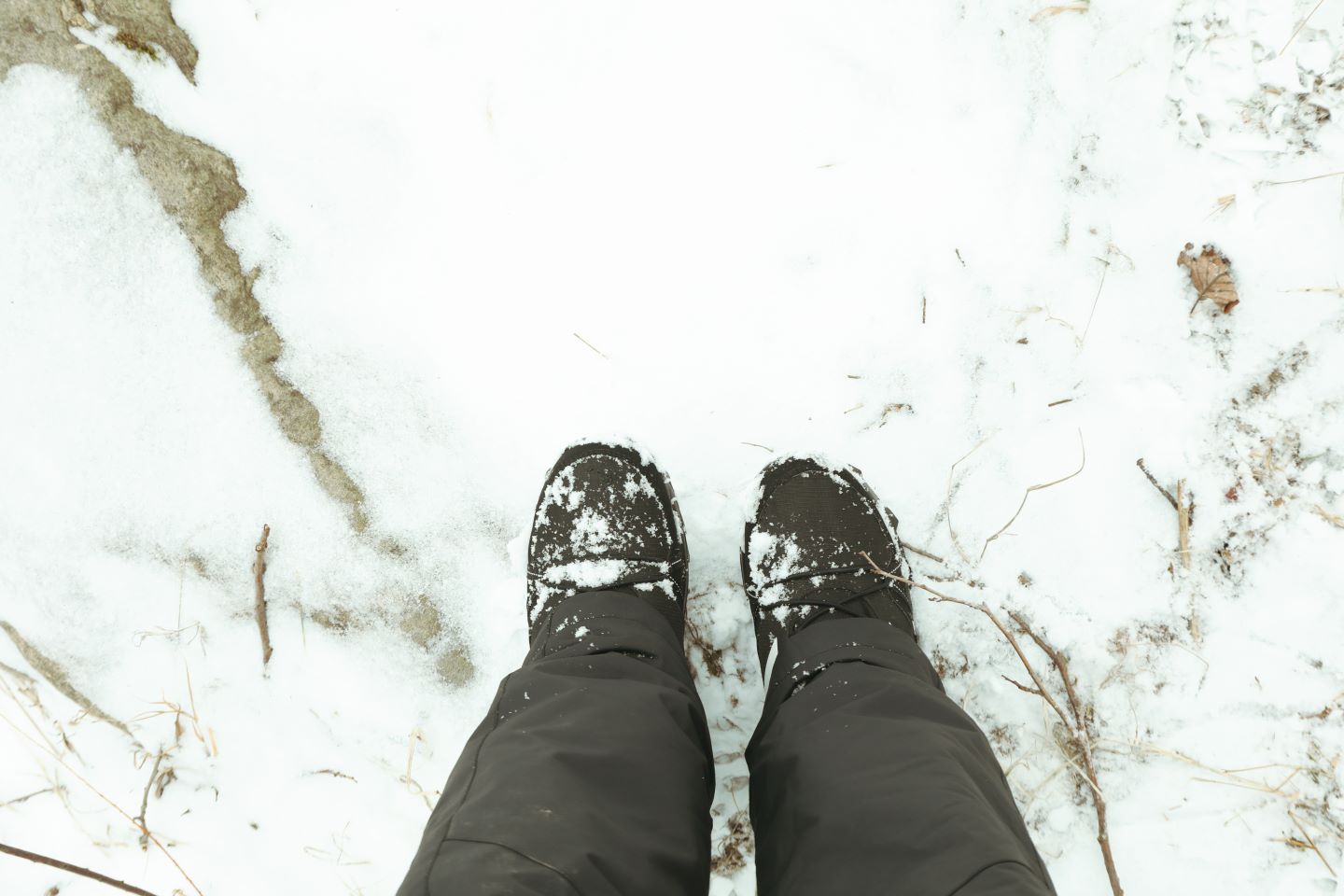Preventing Cold Weather Injuries
Last week, we discussed the different types of cold weather injuries that people can experience. Of course, the best way to avoid falling victim to a cold weather injury is to be preventative in your actions, especially when working outside during the winter months. However, it is good for everyone who plans to spend time outdoors while the temperatures dip lower to keep these tips in mind. So, today, let’s chat about some ways in which you can prevent cold weather injuries from happening.
Dress in layers
When heading outside during the cold, whether for work or other reasons, it is key to ensure you are dressed appropriately. To keep warm air close to your body, dress in several layers of clothing. It is best to start with a moisture wicking base so that you can keep sweat off your skin, keeping you dry and warm. Next, include an insulating layer for warmth and complete your look with a waterproof and windproof outside layer. Remember! You can always take off layers if needed, but you can’t add them if you don’t have them.
Since most cold weather injuries effect the extremities, don’t forget to wear well insulated gloves, warm socks and something over your head, ears, and face to help prevent frostbite. Of course, your feet need to be warm too! Insulated, and waterproof boots are vital to keep your feet toasty and dry. Boots with good traction are a good idea, and they should fit properly to help with circulation and comfort.
Disposable, or reusable, hand and feet warmers are also helpful to add extra warmth to your fingers and toes during less-than-ideal temperatures!
Know the signs
Another way to help prevent cold weather injuries is to educate yourself of the signs and symptoms of these types of injuries. We encourage you to revisit our blog from last week, which goes into detail about the different types of injuries and how they present. Often, early detection is crucial for effective and immediate treatment.
Stay informed
Before heading out into the cold, be sure to check the weather forecast so that you are aware of the temperature, conditions, and wind chill factors. Living in the prairies, we understand all too well how much colder it feels when the wind is howling. Ensure you are prepared for incremental weather and bring along extra layers, or a change of clothes should you need.
While we can’t be expected to spend the entire winter cooped up in our homes, plan your outdoor activities accordingly. It is also important to avoid overexposure. Therefore, limit your time spent outside during extreme cold snaps and utilize breaks and head indoors to warm up.
As outlined by the Government of Alberta, you should expect the following when working outdoors in the cold:
- on-site heaters or heated shelter
- work/warm-up schedule
- a flexible pace where workers can take extra breaks if needed
- shield workers from drafts or winds as much as possible
- a buddy system so no one works alone
- adjustment periods before assigning a full work schedule
- do hazard assessment, put controls in place for protection and educate workers on the hazards of working in the cold
Keep in mind, that for all cold-induced injuries, never rub the affected parts - ice crystals in the tissue could cause damage if the skin is rubbed. Do not use hot objects such as hot water bottles to rewarm the area or person.
We hope these tips help you stay warm, and safe, all winter long!

